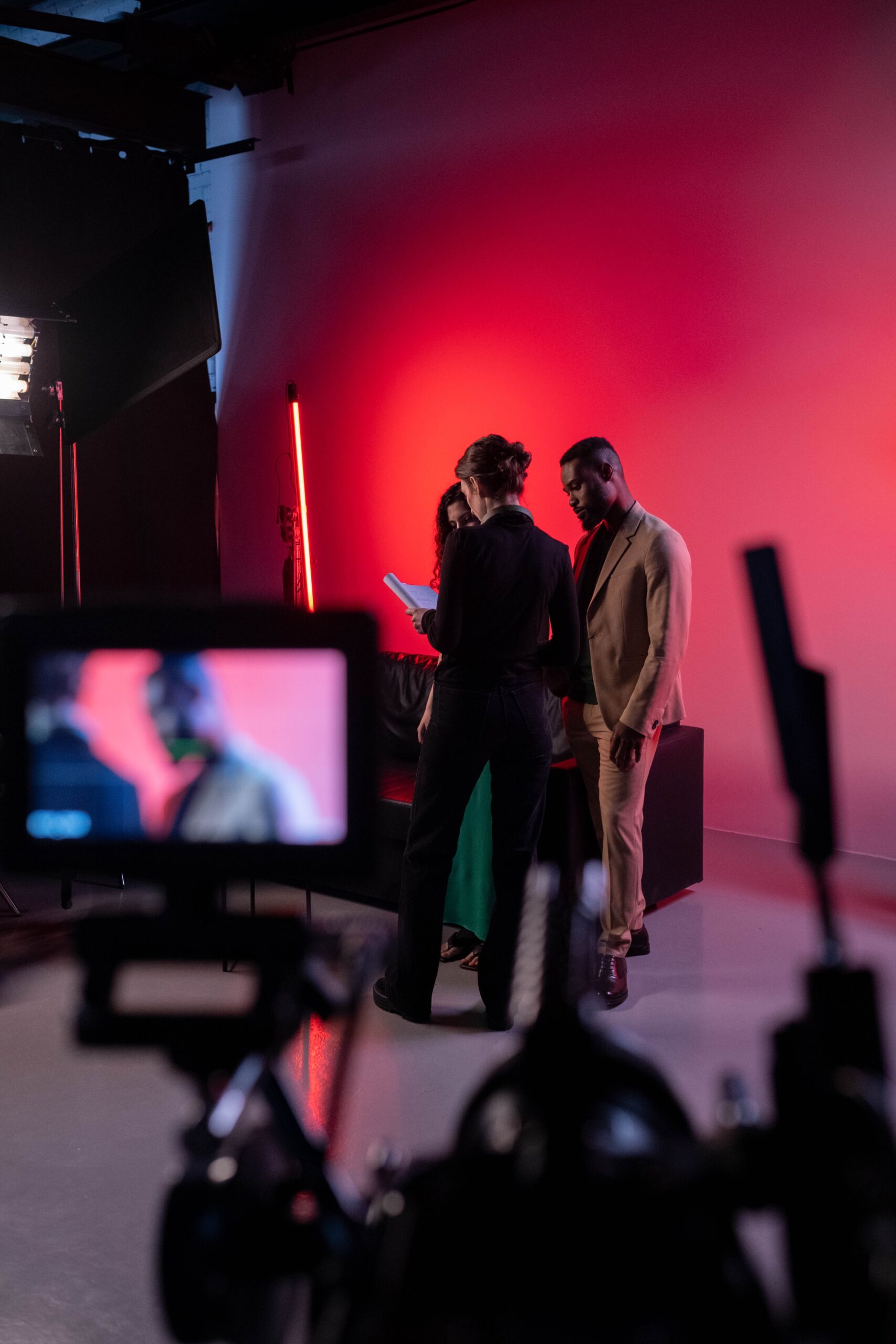Creating media for the public to consume is a complicated process that requires a lot of skill and knowledge. From Camera to Screen: A behind-the-scenes look at media production explores the various steps that go into creating a successful video or film. This blog post takes an in-depth look at the different stages of the production process. From pre-production planning to post-production editing, and everything in between. Join us as we uncover the secrets of the media production process and learn how the final product is created.
Pre-Production
Once the pre-production phase is complete, production can officially begin. With a clear roadmap of what needs to be done and the necessary resources in place. The production team can get to work and make sure that the project is completed on time and within budget. This is the first step in making sure that your project looks and sounds great when it finally reaches its audience.
Production
From the camera to the screen, there is a lot of work that goes into media production. Every step of the process is an important one. Understanding it can help you create better projects and ensure quality results. In this section, we will take a look at the different stages of media production and what they entail.
The first stage of media production is pre-production. During this stage, the producer works with writers, directors, actors, and other staff to create the script, plan out shots, and scout locations. They also work on storyboards, budgets, and schedules. Pre-production is all about preparing for the shoot so that everything runs smoothly once it’s time to film.
The second stage is production. This is where all the footage is actually captured. The director and crew are on set, directing actors and capturing the footage. Once the footage is shot, it is edited and sound design is added. This is when all the elements come together to create the final product.
The third stage is post-production. During this stage, the footage is further edited, color corrected, and graded. Special effects and animations may be added as well. This is also when titles and credits are added, music is composed, and sound effects are added. Once this stage is completed, the project is ready for release.
Media production can be a long process but with careful planning and attention to detail. You can ensure that your project comes out looking and sounding great. Each step of the process is important and should not be overlooked. Knowing the different stages of media production can help you create better projects and deliver high-quality results.
Final Thoughts
When it comes to media production, there are a lot of steps involved in getting the final product to the big or small screen. While the on-screen performances and technical effects can captivate us, it’s easy to forget that so much effort goes into creating them. From pre-production planning to post-production editing, there are countless talented individuals and teams working hard to bring the story to life.
This article has taken a closer look at some of the important aspects of media production, including directing, producing, writing, editing, sound design, and more. While every project is different, these elements are essential in order to create a polished and compelling film, TV show, commercial, or video game.
Although media production can be complex and time-consuming, it’s important to appreciate all the hard work and dedication put into each and every project. From camera to screen, we owe a lot of our entertainment to the tireless efforts of everyone involved.

